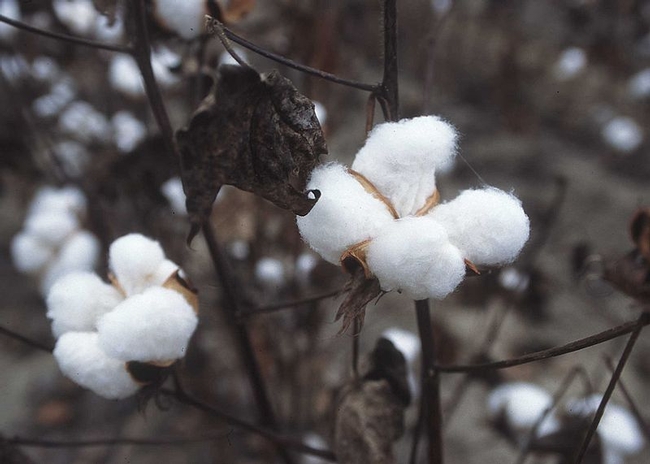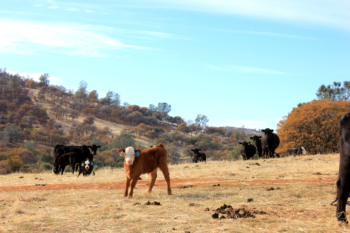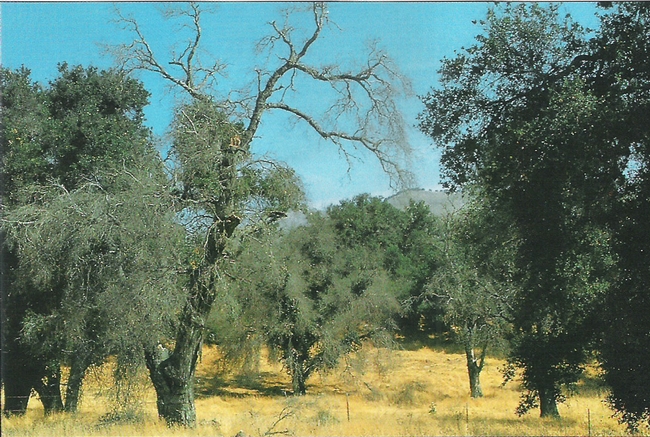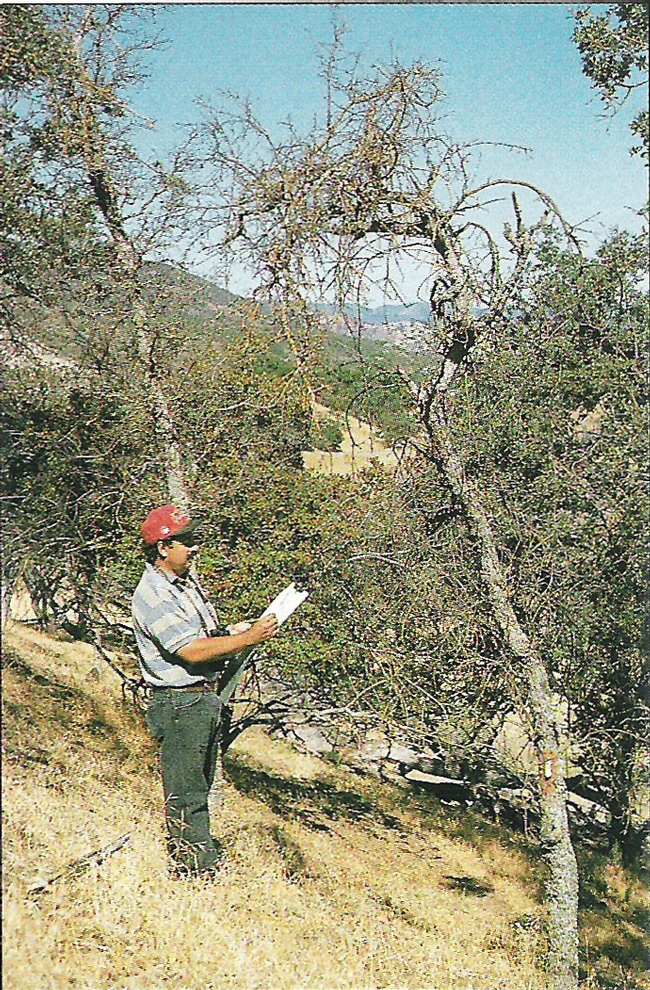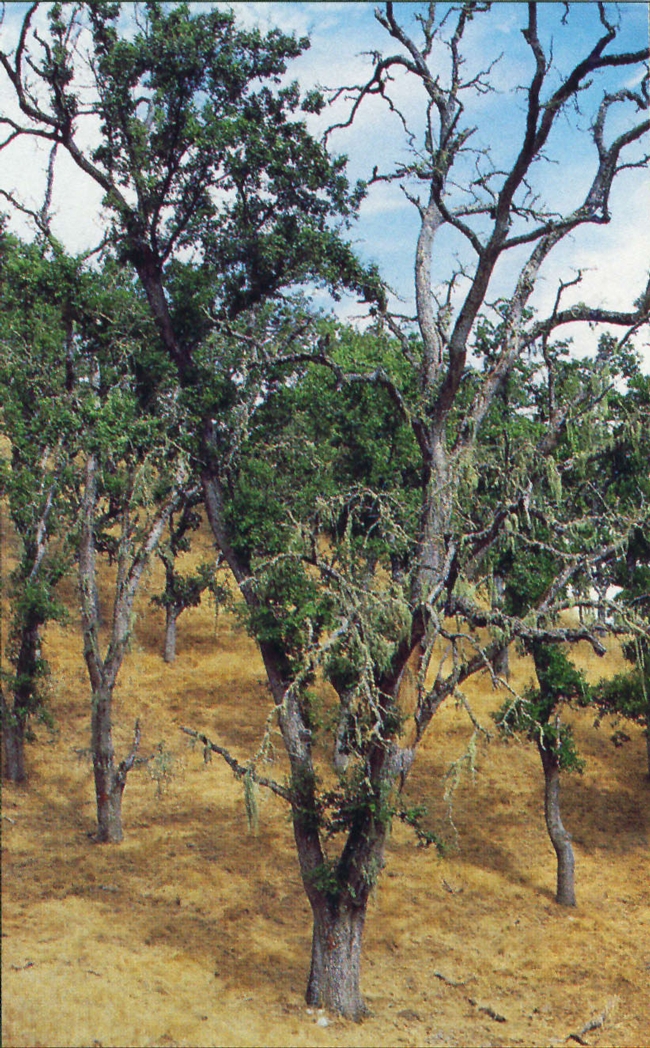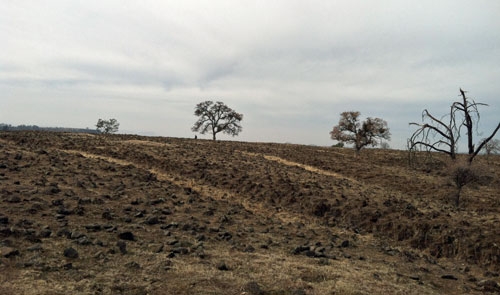Posts Tagged: drought
Drought news dominates the headlines
NBC News spoke to Doug Parker, director of the California Institute of Water Resources, about drought implications already being felt in the California agricultural sector.
He said an estimated 500,000 acres of farmland sits unplanted due to water shortages, a number that could nearly double if the drought extends into 2015.
"In the long term, it could change some of the cropping patterns in California, especially for the animal industry," Parker told NBC, explaining that the economics of raising and tending livestock hinges on locally grown feed. "Without water to grow it, you really end up just having to sell off animals." Much of the state's beef cattle, for example, roam unirrigated rangelands that are parched.
Parker was also quoted in a drought story by Aljazeera America, which focused on Gov. Brown's $687 million emergency drought plan.
“I think it's a good first start,” Parker said. “But I don't think this will be the end of it.”
Gov. Brown's proposal doesn't provide funding for long-term solutions to California's water problems, but it could provide much-needed immediate assistance to many of the driest communities.
Capital Press spoke to Alan Fulton, UC Cooperative Extension advisor for Tehama, Colusa, Glen and Shasta counties, about the U.S. Bureau of Reclamation's dire 2014 surface water allocation plan. He said most farmers will rely on groundwater to get through the season.
"The main thing that will happen is just improving their wells and making sure they're operable,” Fulton said. “They're trying to manage through the drought with hopes of a wet year next year.”
Mother Jones featured a drought story rich with infographics outlining the surprising amount of water required to grow common food crops and the amount of water used per person per day in California communities. The article includes commentary from Jay Lund, professor of civil and environmental engineering at UC Davis, about the future of agriculture in the Golden State.
Lund said the state's current water problems mean agriculture may soon play a less important role in California's economy, as the business of growing food moves to the South and the Midwest, where water is less expensive. Production rates for thirsty crops like alfalfa and cotton have already diminished significantly in the last few years, Lund said. Between 2006 and 2010 alone, the amount of land irrigated for cotton fell by 46 percent.
Alfalfa’s resilience to drought
The recent rains were a welcome relief for many parts of our state, but we are still in a serious drought with our reservoirs and snowpack at...
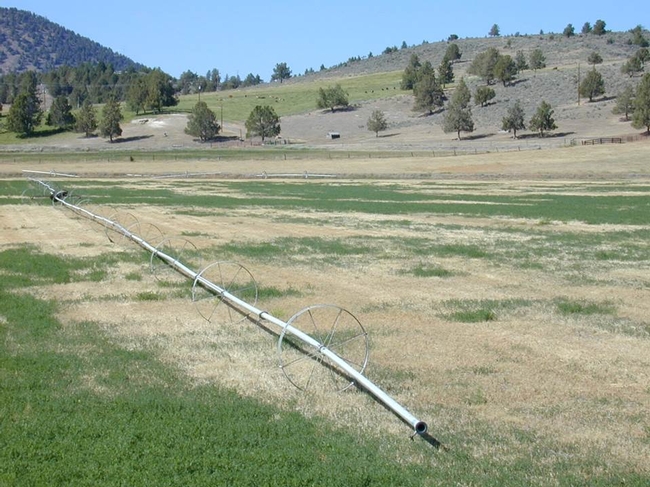
Photo: Impact of no irrigation on alfalfa during summertime. However, due to alfalfa’s resilience to drought, yield will recover once the field receives water the following winter.
National attention for the California drought
California's deepening drought woes were shared with the nation over the weekend in an article by New York Times reporter Adam Nagourney. The story noted efforts by UC Cooperative Extension to help ranchers survive the crisis.
UCCE and the UC Sierra Foothill Research and Extension Center joined forces last week to provide ranchers with information they need to make tough decisions about the future of their cattle. According to the caption of one of the photos in a 10-image slide show accompanying the NY Times story online, four-foot-high grass typically blankets rangeland areas where now only short brown stubble can be found.
Three photos in the slide show were taken during the field portion of the day-long UC workshop on drought survival. They include:
- UC Davis veterinarian Nancy Martin speaking to ranchers about keeping herds healthy
- Browns Valley rancher Terry Stevens
- Cattle ranchers examining an alternative type of feed
The Times story also quoted Jeremy James, director of the Sierra Foothill REC.
“We have people coming from six or seven hours away,” he said. More than 100 ranchers attended the event.
In addition, the Browns Valley workshop was webcast live to seven locations around the state where ranchers gathered at UC and farm bureau offices, and to dozens of individuals. One of the individuals was Tim Hearden of Capital Press. He followed up with a 600-word article containing pertinent advice from UC Cooperative Extension to concerned ranchers. A key point he reported came from Roger Ingram, UC Cooperative Extension advisor in Placer and Nevada counties.
“Number one, never try to feed yourself out of a drought,” Ingram said. “It can bankrupt you financially and … it can bankrupt you ecologically."
Other important points from UCCE mentioned in the article were:
Consider weaning early to boost cows' efficiency. A cow that stops feeding sees a spike in energy to prepare for the next calving season. - Josh Davy, UCCE advisor in Tehama, Colusa and Butte counties
Producers with limited water should remember that irrigated pasture is thirstiest during the summer and not as much in the fall. - Larry Forero, UCCE county director in Shasta County
Younger cow-calf operators should seek advice from those who made it through the last catastrophic drought in the mid-1970s. - Glenn Nader, UCCE advisor in Yuba, Sutter and Butte counties
Native oaks stressed by drought may recover
Bill Tietje is a UC Cooperative Extension area natural resources specialist in the Department of Environmental Science, Policy and Management at UC Berkeley. He is based in San Luis Obispo.
Early leaf drop is a deciduous tree's adaptation for conserving water that it otherwise would lose through transpiration from its leaves, which can occur as long as the leaves are green.
More recently, another deciduous oak, the valley oak, kept its brown, dead leaves longer than usual. This could be due to the virtual lack of rainfall and wind last fall and early winter, both of which typically contribute to an earlier leaf drop.
So why are these things happening?
The situation
As you know, it's dry out there! In fact, the past 12 months have been the driest on record, going back to 1870. Not surprisingly, many oaks are under water stress—and they show it.
This situation reminds one of the conditions during the drought of 1988-1990, one of the most widespread and severe droughts in the state's history. Coincidentally during that time in three counties on the Central Coast, UC Cooperative Extension was conducting a study that included the monitoring of coast live oak, blue oak, and valley oak trees on study plots scattered throughout Monterey, San Luis Obispo and Santa Barbara counties. Many of the oaks looked stressed. Some of the trees succumbed to the drought. Small oak trees in the undergrowth and on steep terrain with southern exposure, and shallow, infertile soil, were most vulnerable. Such sites are typically drier than other slopes and orientations. However, large, mature trees—or, large branches on these trees—on more gentle slopes, also died. Usually there is not only a single factor that causes the decline and mortality of oak trees. Drought stress lowers the trees' defense, making the trees more susceptible to mortality factors such as decay fungi and boring beetles. Most likely the drought caused early death of some oak trees that would have persisted otherwise.
What can be done?
Surely our native oaks have been through droughts before. So the oak trees, other than the very small or very old trees, should be okay. Nonetheless, given the very low rainfall this year it may be prudent to give a valued tree in the urban landscape a “deep watering”.
A deep watering can be accomplished by moving a hose around under the tree's canopy during the day for a day or two at a low flow or a trickle stream, such that the water percolates into the soil, not simply run down the hill. Water a few feet away from the base of the tree to avoid inviting damage from crown rot caused by the fungi Phytophthora cinnamomi. Water-saturated soil increases the chances of infection of the tree trunk.
A deep watering followed by soil drying for a month or two should not harm the tree. In fact, a deep watering may be the best recommendation for invigorating your thirsty oak tree, thus providing some insurance that the tree will survive this current drought.
I should mention that unless California receives normal or better rainfall the rest of the rainfall season, it is likely that early leaf drop will occur next summer. Remember, as suggested above, the early browning and fall of leaves does not mean that your tree will die. This is simply the tree's way of adapting to conserve water when soil moisture is low. Unless the tree is severely weakened by some other cause, it will leaf out normally the following spring.
For more information: Tietje, W., W. Weitkamp, W. Jensen, and S. Garcia. 1993. Drought takes toll on Central Coast's native oaks. California Agriculture 47(6):4-6.
Ranchers are selling cattle to deal with California drought
Dearen noted that the UC Division of Agriculture and Natural Resources is holding a workshop this week to help ranchers make informed decisions about livestock feed supplementation, managing animal health and selling cattle.
"From previous droughts we’ve learned that feeding the whole herd through the drought may spell the end of business,” the story quoted Glenn Nader, UC Cooperative Extension advisor in Sutter and Yuba counties.
The workshop is being offered at the UC Sierra Foothill Research and Extension Center in Browns Valley and as a webcast for those who cannot attend in person. However interest is so great, the webcast has reached it's maximum capacity. UC Cooperative Extension has arranged to show the webcast at central locations in Mariposa, Mendocino, San Luis Obispo, Kern, Ventura and Tulare counties to provide greater access. For details and contact information, see Drought survival session scheduled for locations around the state.
The Associated Press story was picked up in The Washington Post, the Sacramento CBS affiliate, the ABC News website, the Memphis Commercial Appeal, the Monterey County Herald and other news outlets.


